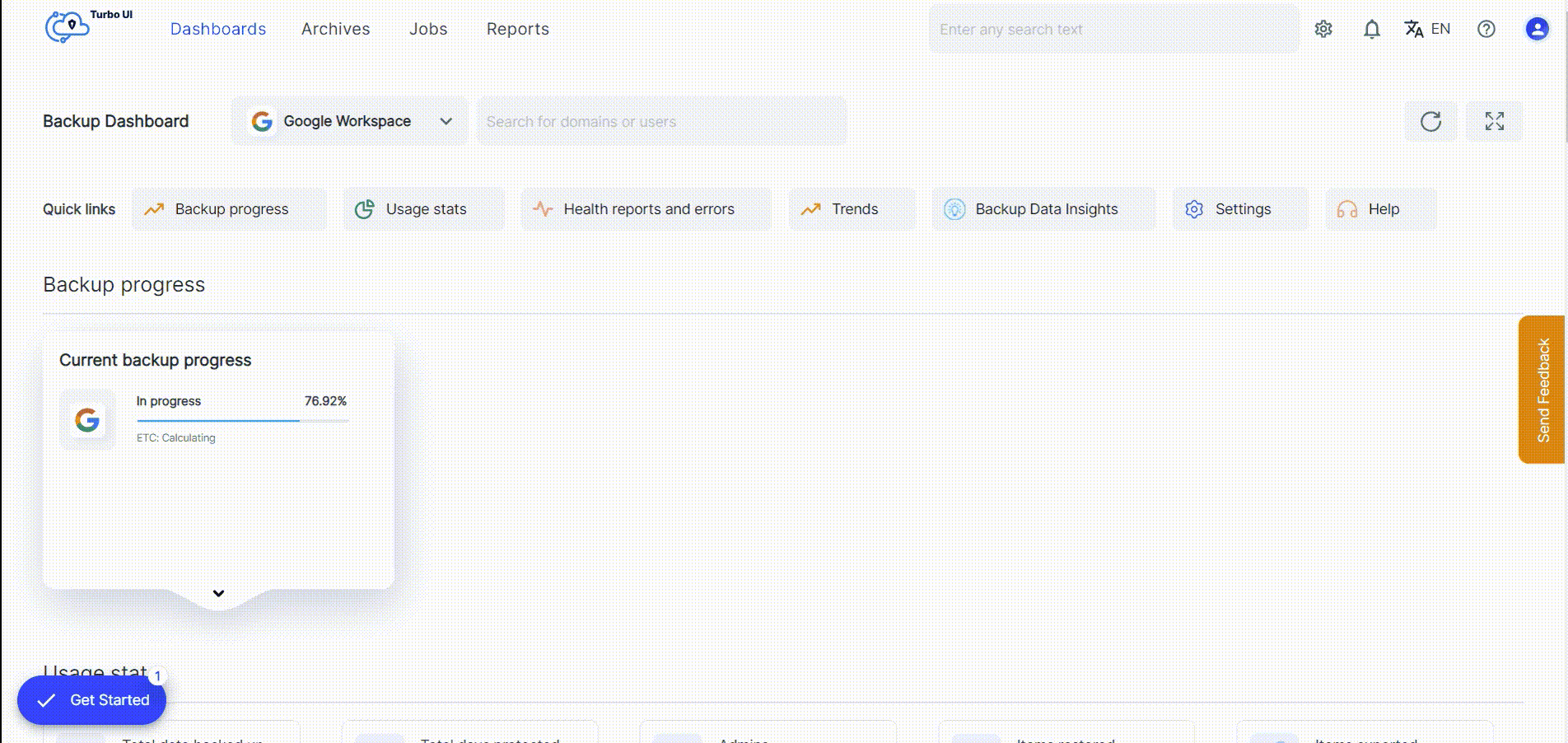In this article
- Role of backup in ransomware recovery
- Ransomware detection techniques
- Ransomware recovery strategies
- Should you pay the ransom?
- What to do after a ransomware attack
Blog Articles
Article at a glance
Ransomware attacks cause significant downtime, data loss, and costly recovery for businesses.
Backups are essential: Use 3-2-1 backups, immutable copies, and automated schedules to ensure fast recovery without paying ransoms.
Early detection: Identify threats with signature detection, behavior analysis, and abnormal network traffic monitoring.
Read more
The State of Ransomware 2024, Sophos
1. Role of backup in ransomware recovery
1.1. How data backup protects against ransomware threats
2. Ransomware detection techniques
3. Ransomware recovery strategies
3.1. Implement your ransomware response plan
3.2. Restore data from backups
The State of Ransomware 2024, Sophos




